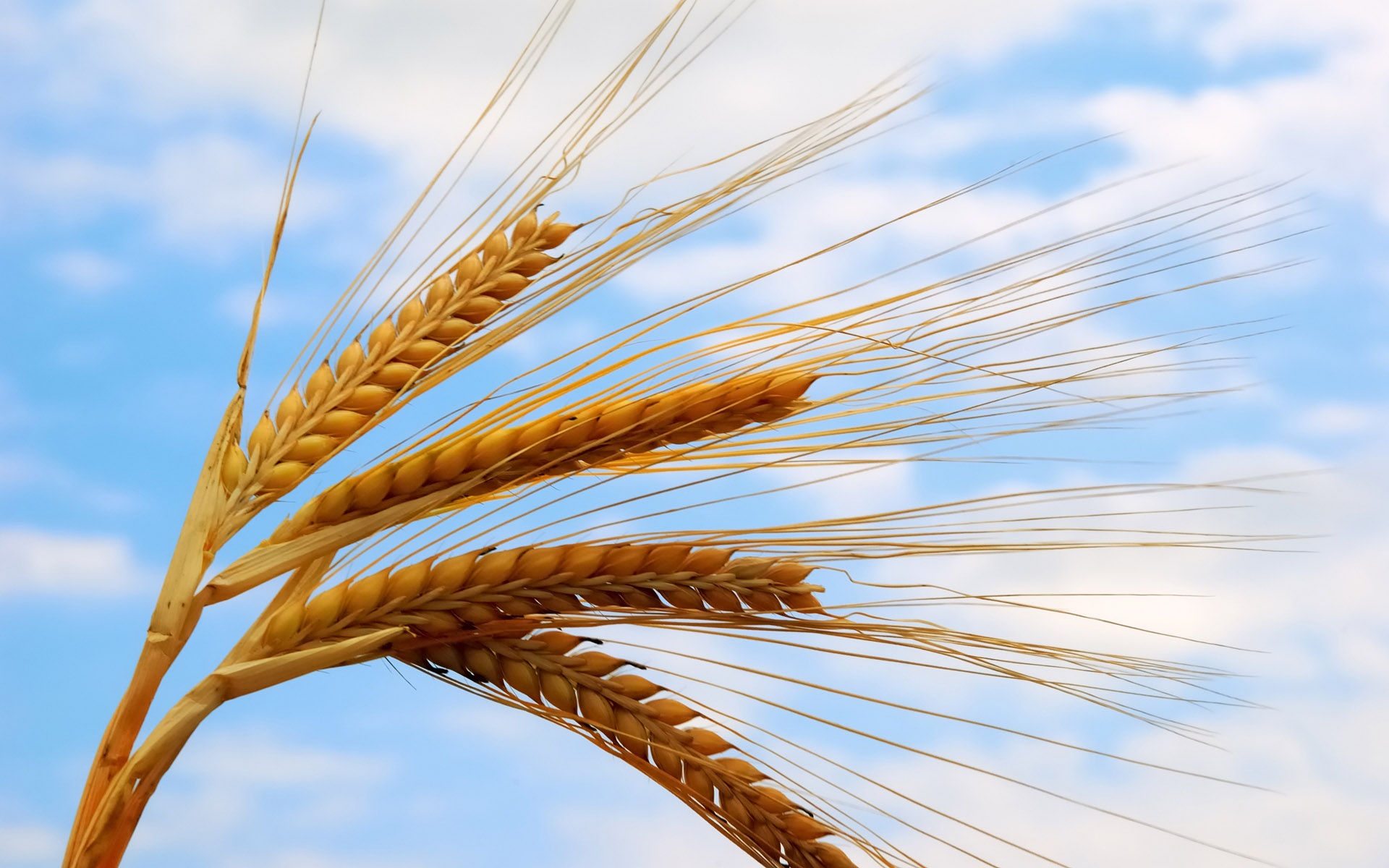Nature子刊:全球主要谷类作物可能已达到它们在农田中最大产量
内布拉斯加大学林肯分校在对谷类作物作定性分析发现,包括水稻和小麦在内的全球主要谷类作物的30%左右可能已经达到了它们在农田中的最大产量潜力。这些作物的产量最近表现出一次突然降低,或者说达到了一个平台阶段。相关文章发表于2013年12月17日的《Nature Communications》杂志上。

Nature子刊:全球主要谷类作物可能已达到它们在农田中最大产量潜力
一篇研究论文报告说,包括水稻和小麦在内的全球主要谷类作物的30%左右可能已经达到了它们在农田中的最大产量潜力。这些作物的产量最近表现出一次突然降低,或者说达到了一个平台阶段。然而,结果能够确保全球粮食安全的未来预测工作一般都是基于产量的不断增加,该研究表明这是一个也许不可能出现的趋势。
迄今为止,对未来全球粮食生产及其满足不断增长的人口的饮食需求的能力的估计大部分是基于对历史趋势的预测。然而,过去的趋势一直受到新技术(有时是一次性的创新)的迅速采用的主导,这些技术的采用使得粮食产量能够提高。因此,人们便对未来做出了乐观的预测。
Kenneth Cassman及同事对谷类作物生产量最大的国家谷物、油料、糖类、纤维、豆类、块茎类、块根类、水稻、小麦和玉米的过去产量趋势进行了定性,提供了与所预测的作物产量提高相悖的证据。他们的数据显示,对于包括东亚、欧洲西北和美国在内的世界上粮食作物生产集约化程度最高的地区当中的很多地区的一种或多种主要谷类作物来说,产量提高的速度最近已经降低了或停止了。
他们的结论是,产量提高的停滞影响全球水稻生产的约33%和全球小麦生产的约27%。在中国,2010-2011年这段时期与2002-2003年这段时期相比,小麦产量的增长保持不变,但玉米产量的增长降低了64%。在农业研发、教育和基础设施方面的投入增加的情况下这种降低仍然发生了,说明在很多地区产量增长的最大潜力也许已经达到。
作者报告说,维持产量进一步提高,可能需要对粮食生产中的很多不同因素进行微调。但这在农田中经常是难以做到的,而且相关的边际成本、劳动力要求、风险和环境影响可能会超过由此所能产生的利益。
原文摘要:
Distinguishing between yield advances and yield plateaus in historical crop production trends
Patricio Grassini, Kent M. Eskridge & Kenneth G. Cassman
Food security and land required for food production largely depend on rate of yield gain of major cereal crops. Previous projections of food security are often more optimistic than what historical yield trends would support. Many econometric projections of future food production assume compound rates of yield gain, which are not consistent with historical yield trends. Here we provide a framework to characterize past yield trends and show that linear trajectories adequately describe past yield trends, which means the relative rate of gain decreases over time. Furthermore, there is evidence of yield plateaus or abrupt decreases in rate of yield gain, including rice in eastern Asia and wheat in northwest Europe, which account for 31% of total global rice, wheat and maize production. Estimating future food production capacity would benefit from an analysis of past crop yield trends based on a robust statistical analysis framework that evaluates historical yield trajectories and plateaus.

